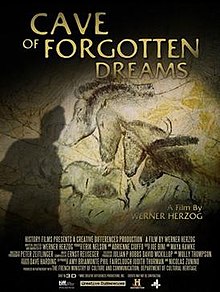Driving home from South Florida today, we cut across country from Fort Myers to Orlando on US-17. It goes through rural Florida, nowhere near the coastal towns or theme parks, through small towns like Arcadia, Fort Meade, and Winter Haven.
Arcadia, FL
If you Google for any of these small towns, they appear to be charming, quaint little places with gorgeous historic districts and thriving communities. Much like, it must be said, the sort of rural towns in England where I spent most of the last forty-odd years.
Shepton Mallet, Somerset, England
They're not. They're mostly dilapidated, ramshackle places where the majority of people seem to be barely scratching a living from whatever local industry is around and the harsh climate of Florida. In one place, there's a citrus processing plant. In another, there's a giant Wal-Mart warehouse. The so-called historic districts are sometimes just a few buildings, and they're clearly just clinging desperately to some semblance of dignity. In Arcadia, over 25% of the population is below the poverty line, and a typical family earns under $20,000, compared to around $40,000 in Orlando, over $45,000 here in Casselberry, and nearly $75,000 in Winter Park.
As you drive through these towns, you can't help but notice the shuttered up shops and the empty businesses. What little remains is mostly Mexican supermarkets, Mexican diners, and occasional auto repair shops that usually consist of some guy's garage with a load of rusted vehicles outside and hand-painted signs that feel more like a plea than an advertisement for services: Cars Fixed Very Chep + Used Tires. There's no Starbucks here. Even McDonald's don't see a market in these places. Just churches, churches, and more churches. All these people have got going for them is a promise it'll be better when they're dead.
Baptist Church, Bartow. Most of the churches on US-17 aren't this impressive. They're one-room affairs with a crucifix nailed to the roof and little more.
There aren't even many actual houses in evidence, and most of those are covered in peeling paintwork, their porches hanging off, and their windows taped up. Most of what you see are mobile homes and trailers, generally surrounded by the decaying detritus of the truly poor: a broken refrigerator, half of several bicycles, bits of engines, and undriveable cars up on blocks. Unusually, there aren't even many American flags to be seen, and you begin to wonder whether that's because they've been stolen, or whether the majority of these people are immigrants. It's hard to believe they don't have pride in their country: this is usually where you find the staunchest, most patriotic Americans.
Fort Meade, FL
I've driven along this road before, but this was the first time it really struck me how different it was to the parts of America I usually see. Superficially, I think I was expecting it to be much like the sort of rural towns in England where I spent most of the last forty-odd years. Poorer than the cities, and lacking the bright lights, not as quaint and pretty as the postcards make out, but still mostly civilised.
It's not.
It's like this part of America was just forgotten and left to die.
Literally.
Oak Ridge Cemetery: photo by Ebyabe
Life expectancy in these towns is twelve years less than in the rest of Florida. The richer parts of Florida have the highest life expectancy in the world after Japan. But if you live in one of these towns, you can expect a shorter lifespan than your typical inhabitant of Libya, Tunisia, the whole of South America, and the whole of Asia except Afghanistan and Burma. As long as they keep shipping the oranges to the rest of the country, that's just fine by everyone else.
Today wasn't the day for it, but some day soon I really want to drive back down US-17 and photograph what I see. Not the gussied up civic buildings you see in this post, but the endless, depressing existence of the America which the tourists never see, the politicians prefer to ignore, and the affluent don't want to think about.








